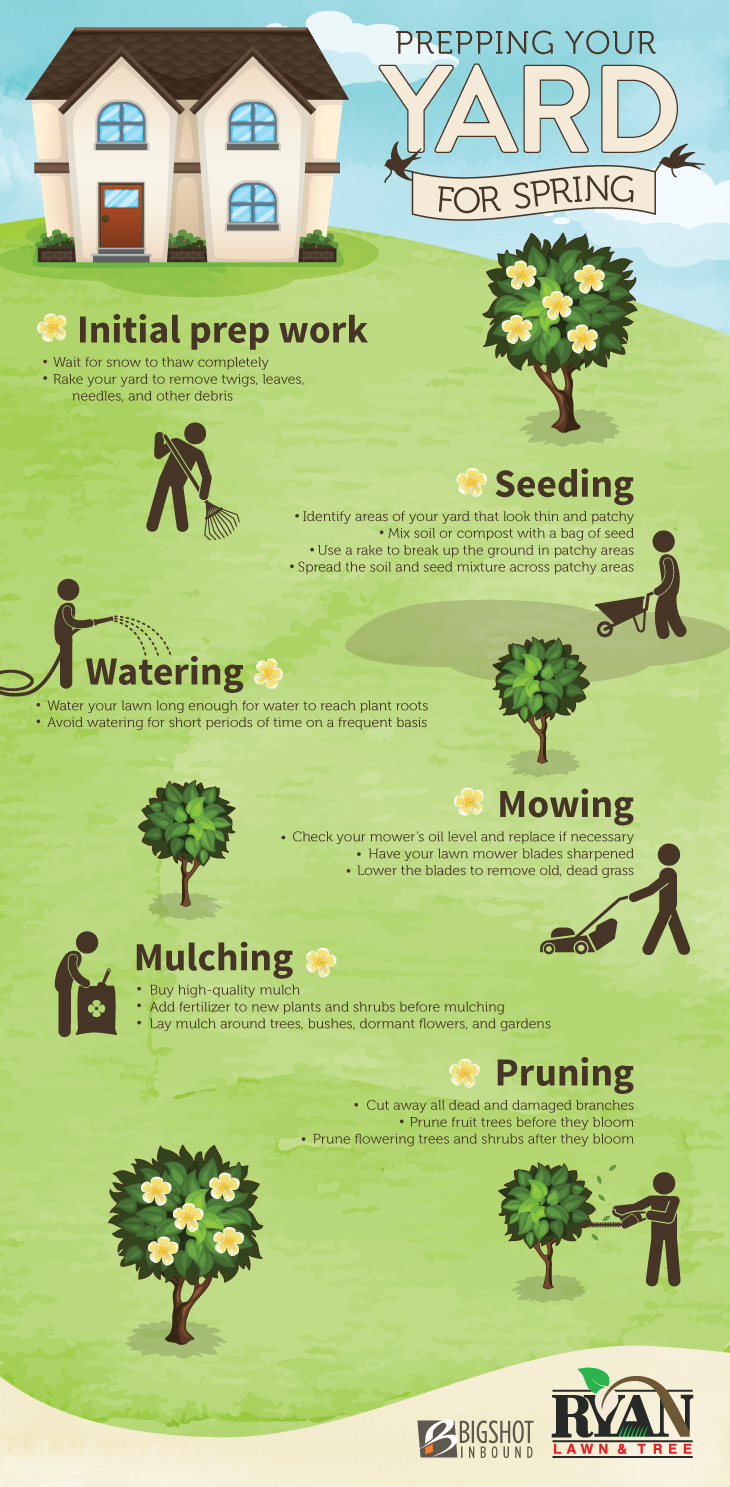Look For Significant Cautions That Your Tree Could Be A Threat; Recognizing These Can Help Safeguard Your Home And Your Family.What Should You Keep An Eye Out For Following?
Look For Significant Cautions That Your Tree Could Be A Threat; Recognizing These Can Help Safeguard Your Home And Your Family.What Should You Keep An Eye Out For Following?
Blog Article
Web Content Develop By-Velling Goodman
When it pertains to tree care, identifying the signs that it's time for removal is crucial for your security and residential or commercial property. https://drive.google.com/file/d/11DUE73oK2zv7W_0WlvEzikUMMPbmy0q3/view?usp=sharing might observe blemished leaves, wilting branches, or strange fungal developments suggesting illness. Structural concerns, like a considerable lean or cracks in the trunk, can also posture dangers. Comprehending these warning signs can help you make informed choices about your trees and prevent prospective threats hiding in your lawn. What should you look for next?
Signs of Degeneration and Disease
When you observe indicators of degeneration and condition in your trees, it's crucial to act swiftly. Seek stained leaves, wilting branches, or unusual growths like fungi. https://www.cpr.org/2019/07/22/colorado-xeriscape-isnt-rock-cactus-sustainable-landscaping/ can suggest that your tree is battling.
If you see cracks in the bark or soft, mushy timber, these symptoms suggest internal decay. Furthermore, a sudden boost in parasites around your tree can signal that it's weakened and vulnerable.
Look for any type of dead or dying arm or legs, as they posture a risk to your building and security. If you doubt concerning what you see, consulting an arborist can give quality.
Addressing these indicators early can conserve you from extra considerable damage and ensure the health of your lawn. Do not wait until it's far too late.
Structural Instability and Leaning
As you observe your trees, keep an eye out for any kind of signs of architectural instability or leaning. If a tree leans considerably, it may suggest that the root system is endangered.
Look for any splits in the trunk or soil around the base; these can signify potential failure. In addition, look for unusual growth patterns, like an uneven crown, which may recommend that the tree is battling to hold itself upright.
If you see that the tree favors your home, high-voltage line, or other frameworks, it presents a higher threat. Don't disregard these indicators-- get in touch with an arborist to examine the circumstance.
Acting early can avoid pricey damages and ensure your security.
Dead or Dying Branches and Foliage
If you notice dead or dying branches and vegetation on your tree, it's a clear indicator that something's incorrect.
These unhealthy areas can indicate underlying concerns like disease, bug invasions, or environmental anxiety. When branches shed their leaves or transform brown, they're no longer contributing to the tree's health. Neglecting these indications can result in further decline, making your tree much more harmful.
Dead branches can quickly break off throughout tornados, posturing a risk to home and individuals nearby. It's crucial to examine the level of the damage.
If the trouble impacts a substantial part of the tree, consider seeking advice from an expert. They can help identify if removal is essential to make sure safety and security and maintain the elegance of your landscape.
Final thought
If you notice any kind of indicators of decay, architectural instability, or dead branches on your trees, don't disregard them. These indications can present severe safety and security threats to you and your residential property. It's always best to get in touch with an expert arborist that can offer a specialist assessment of your trees. Acting early can stop crashes and costly damage, ensuring your landscape remains safe and healthy. Bear in mind, it's much better to be aggressive concerning tree care than to await a catastrophe to happen.
